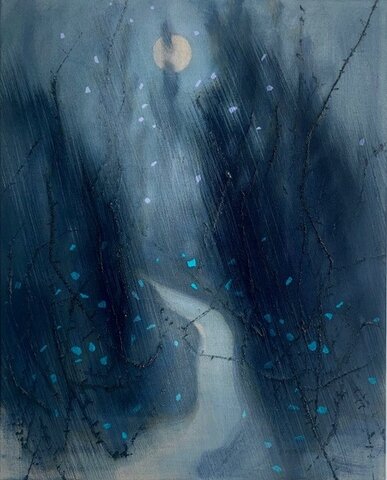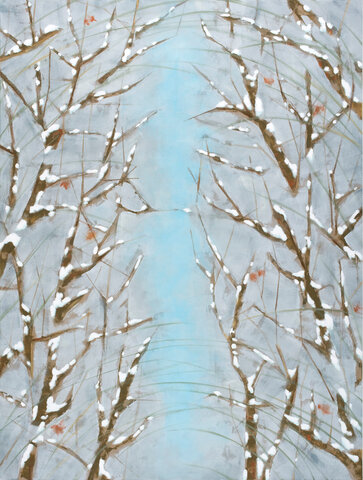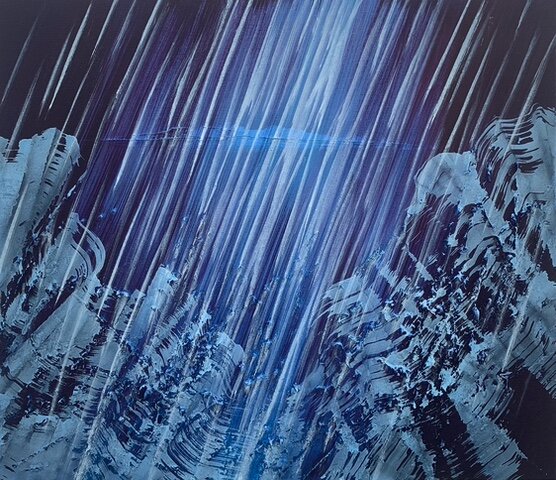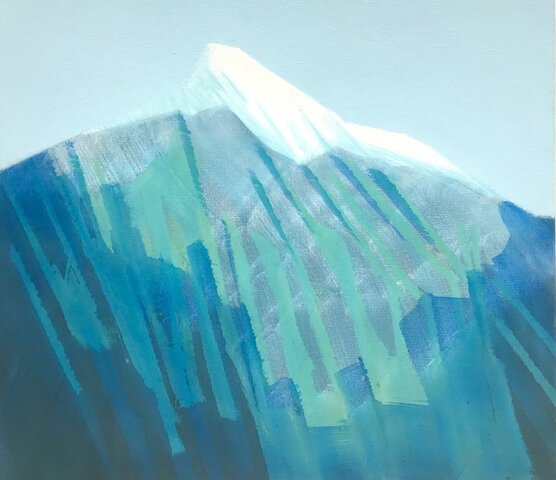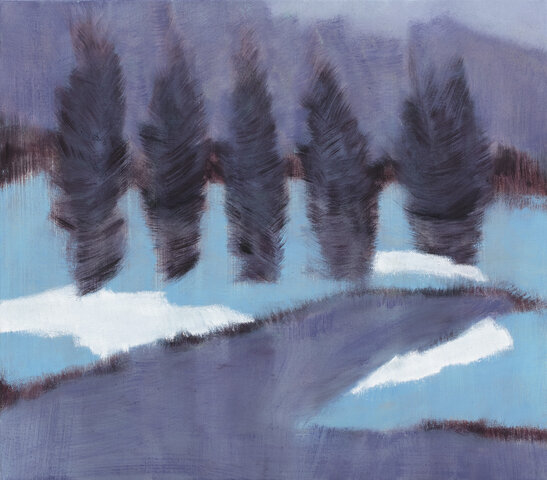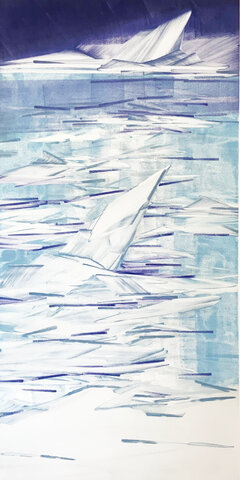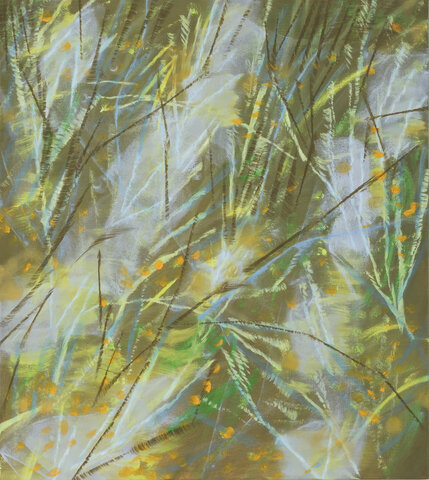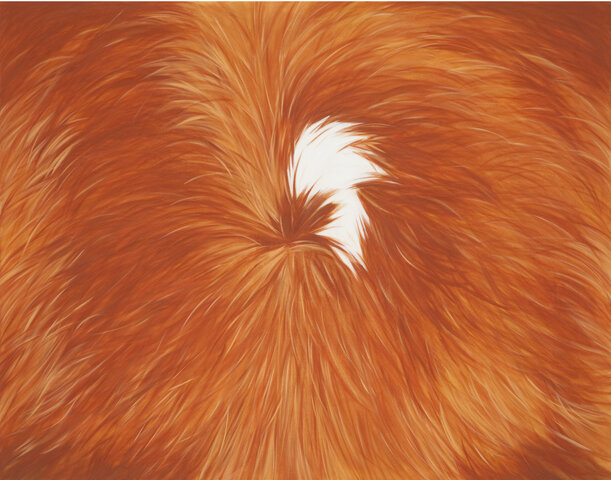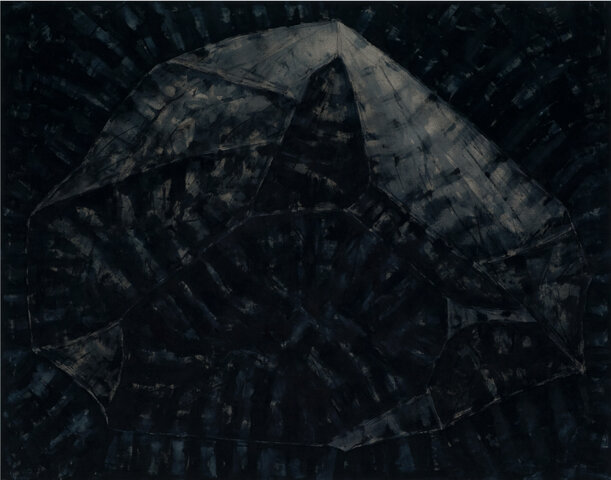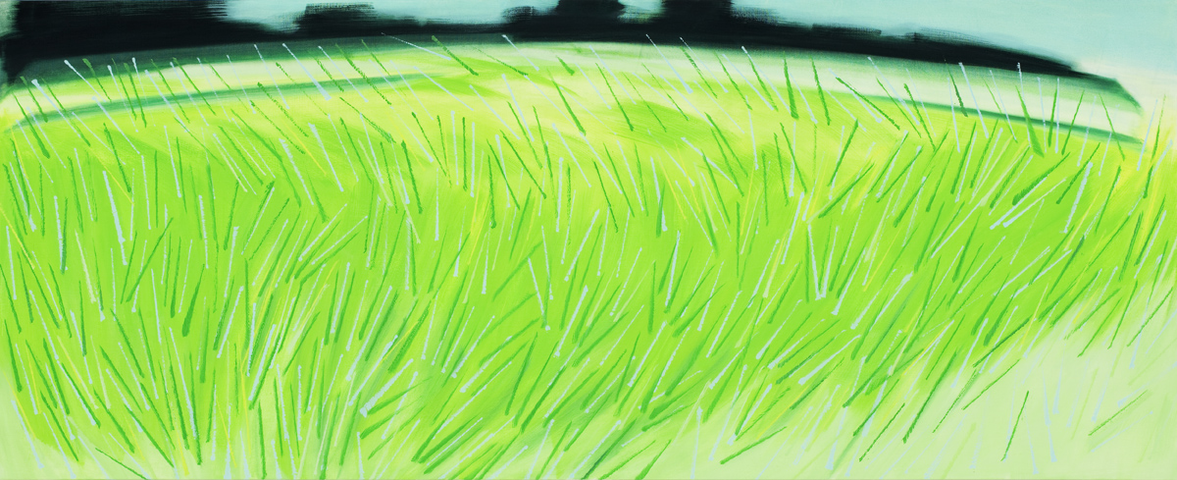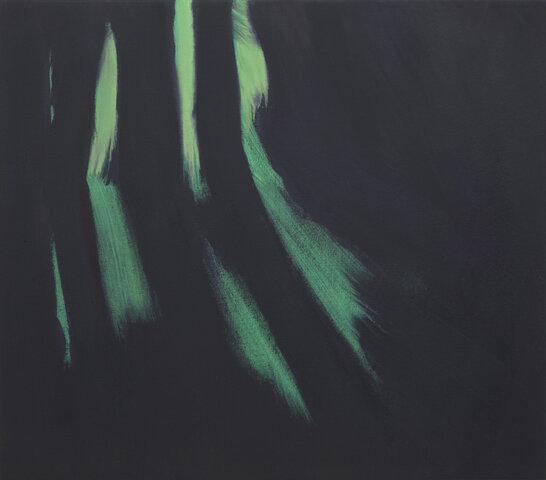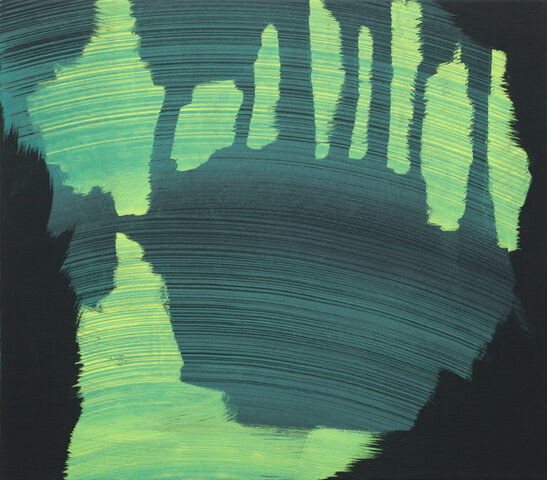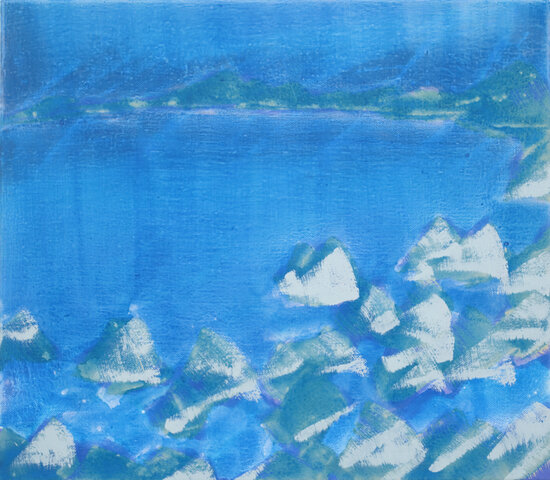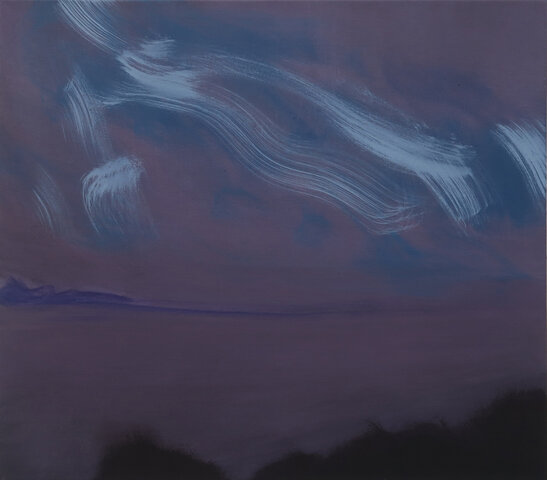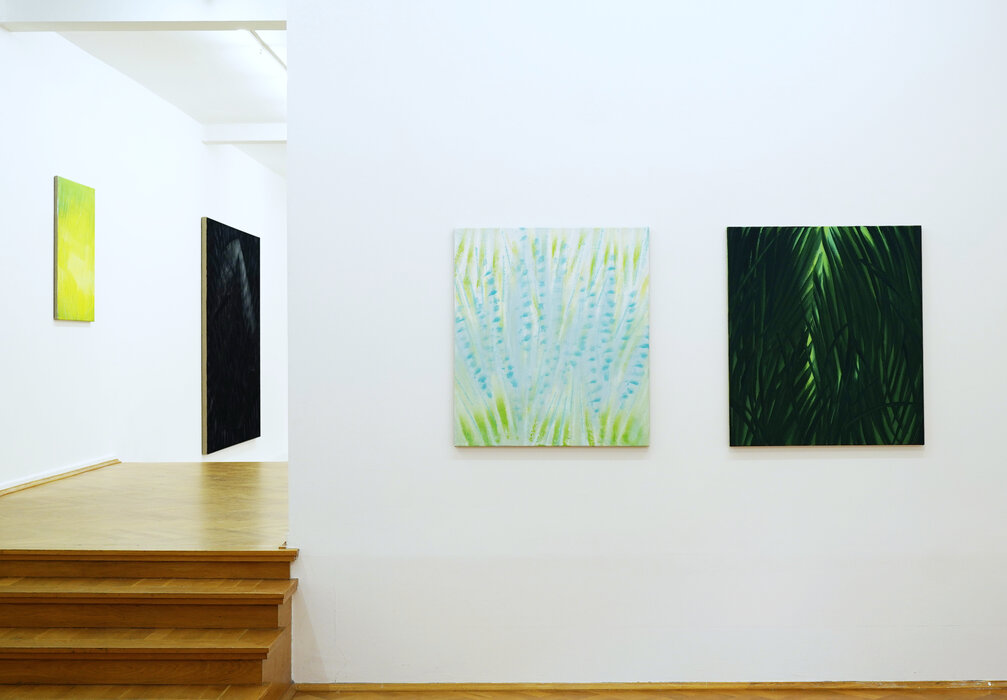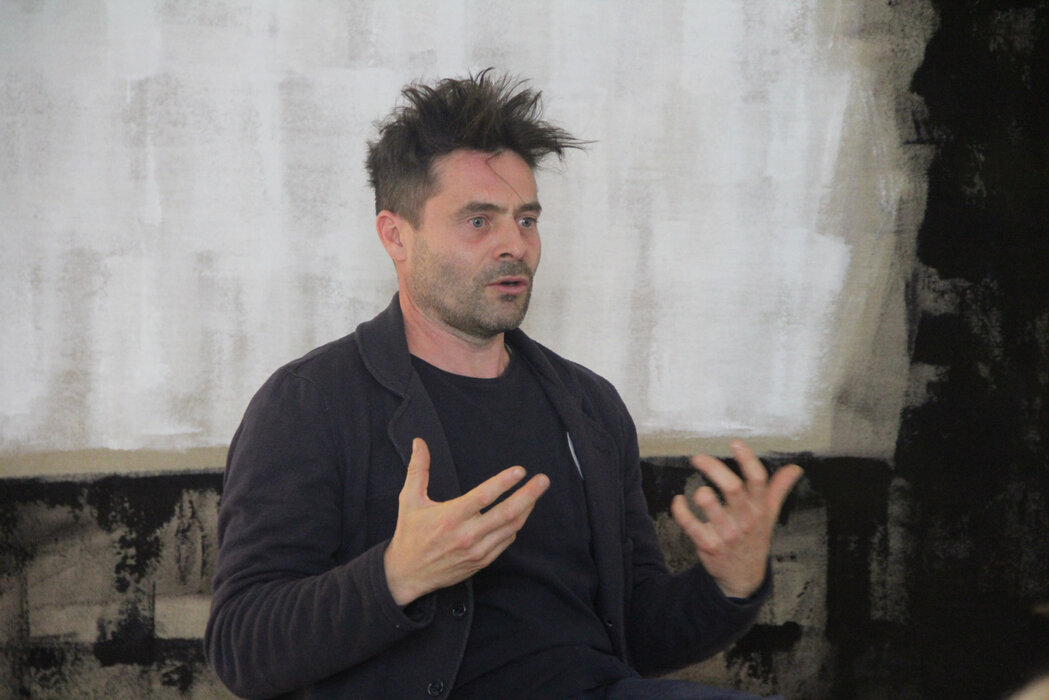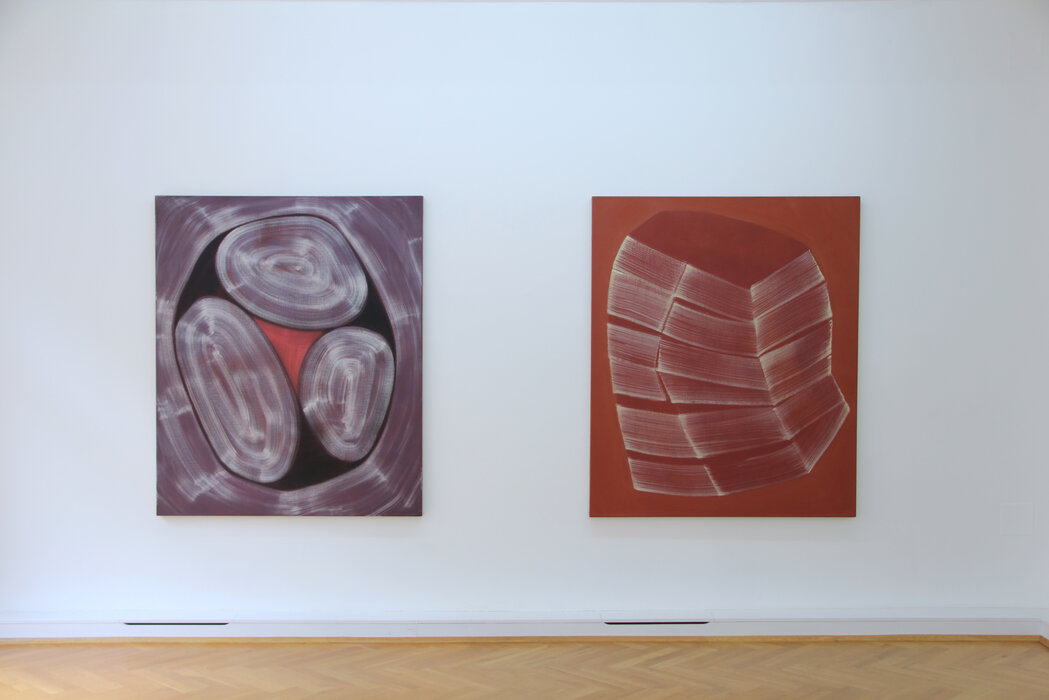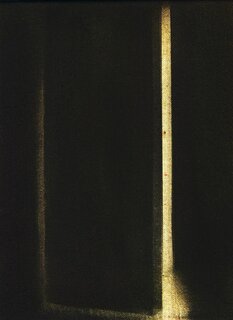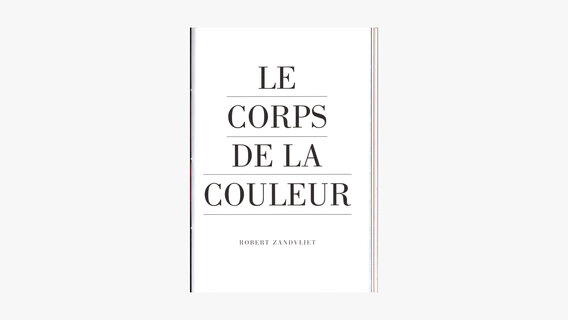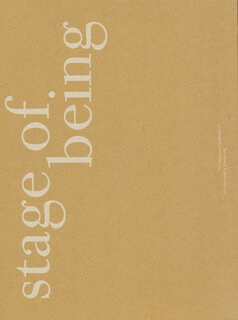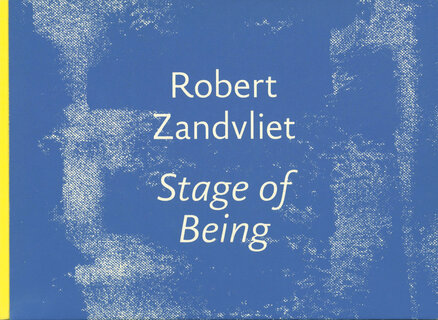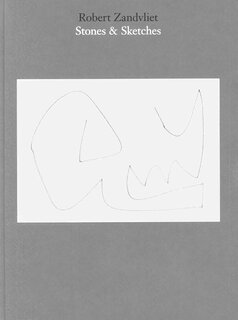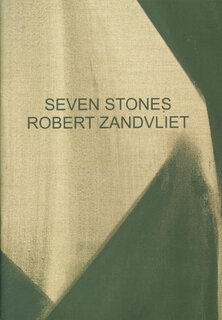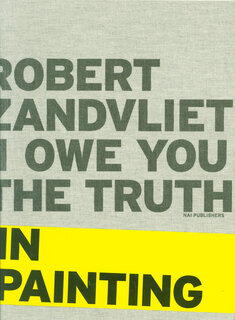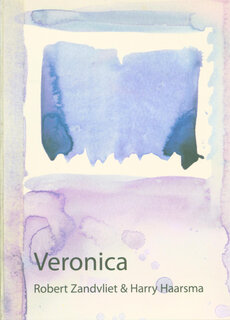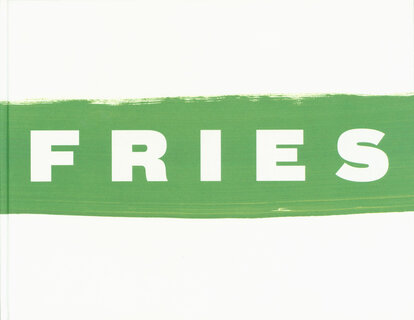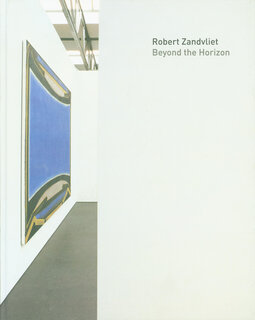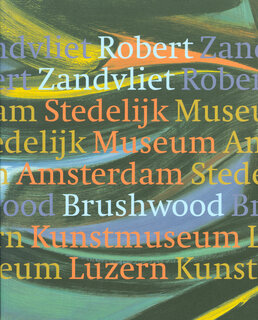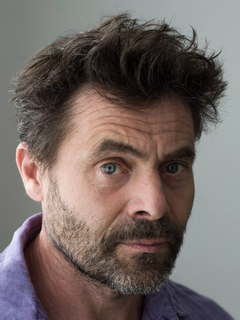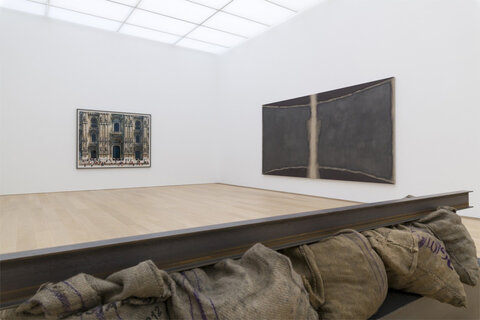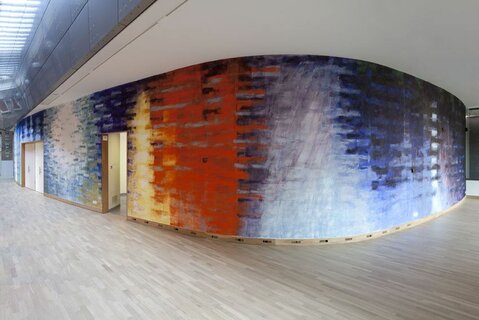Robert Zandvliet
Selected works
Exhibitions
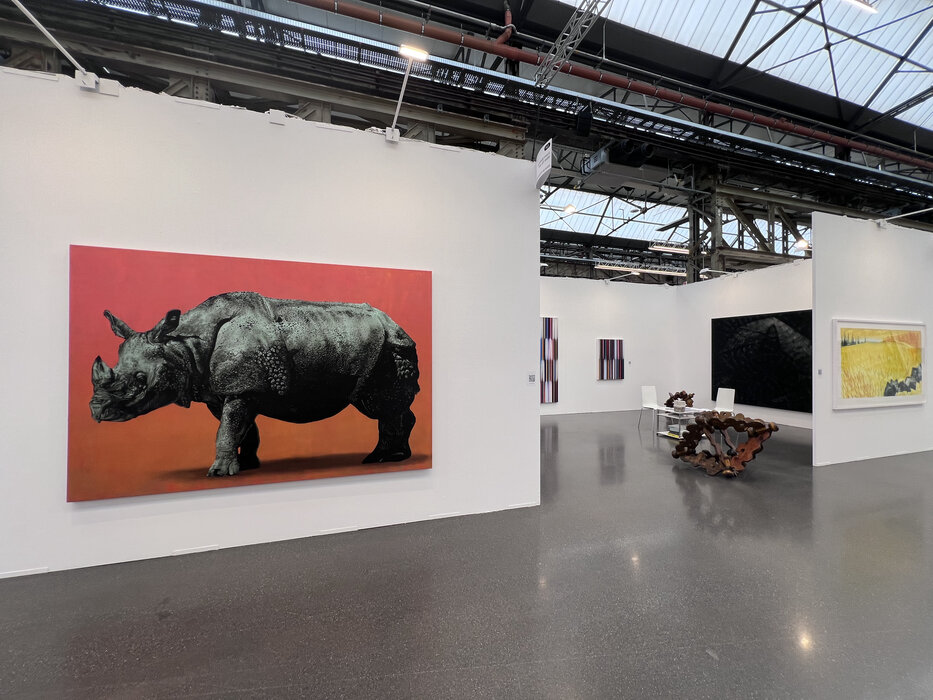
11.04. - 14.04.2024
Stefan à Wengen, Katja Davar, Mark Francis, Terry Haggerty, Myriam Holme, Marten Schech, Petra Wunderlich, Robert Zandvliet
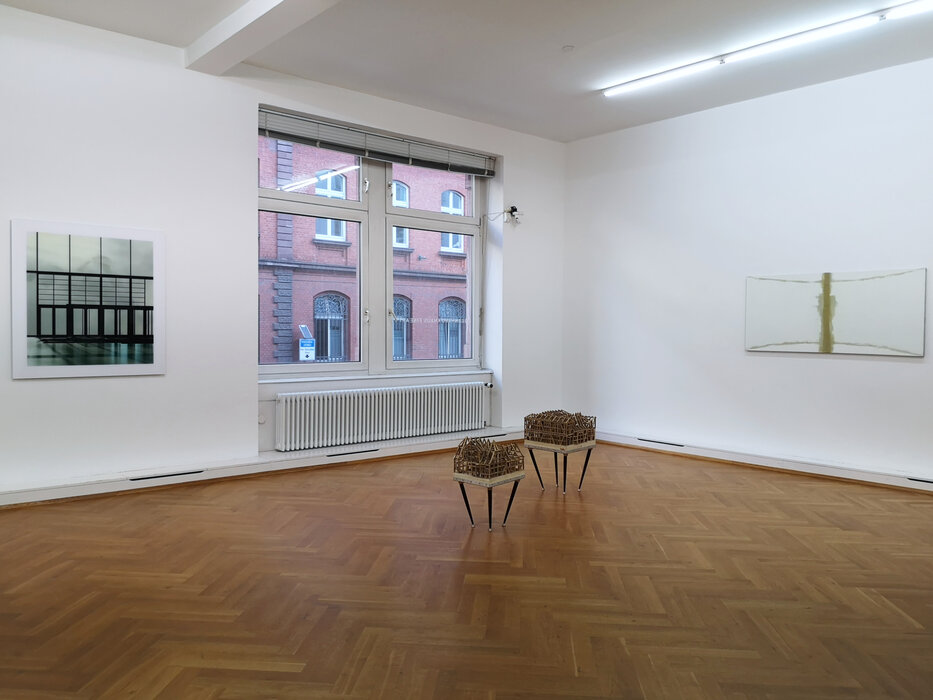
30.05. - 29.08.2020
Stefan à Wengen, Daniele Buetti, Kyungwoo Chun, Myriam Holme, Harald Kröner, Flo Maak, Karim Noureldin, Ralf Peters, Bernhard Prinz, Giacomo Santiago Rogado, Marten Schech, Albrecht Schnider, Lena von Goedeke, Petra Wunderlich, Robert Zandvliet
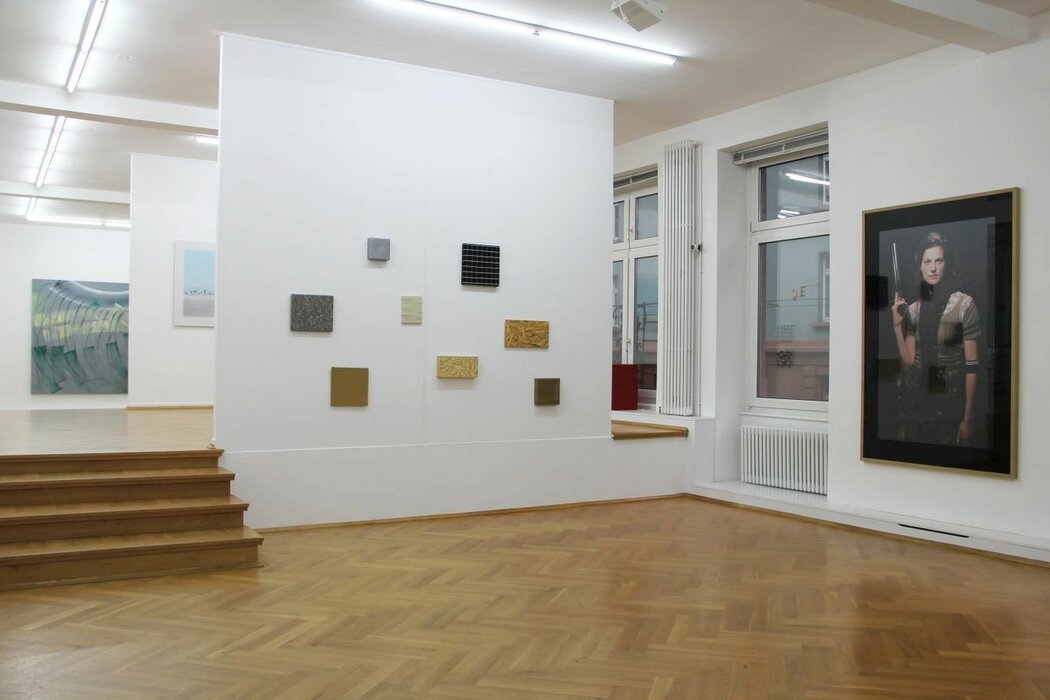
12.12. - 02.03.2013
Daniele Buetti, Kyungwoo Chun, Flo Maak, Ralf Peters, Bernhard Prinz, Albrecht Schnider, Christian Hagemann, Tom Früchtl, Harald Kröner, Ingo Meller, Esther Stocker, Robert Zandvliet
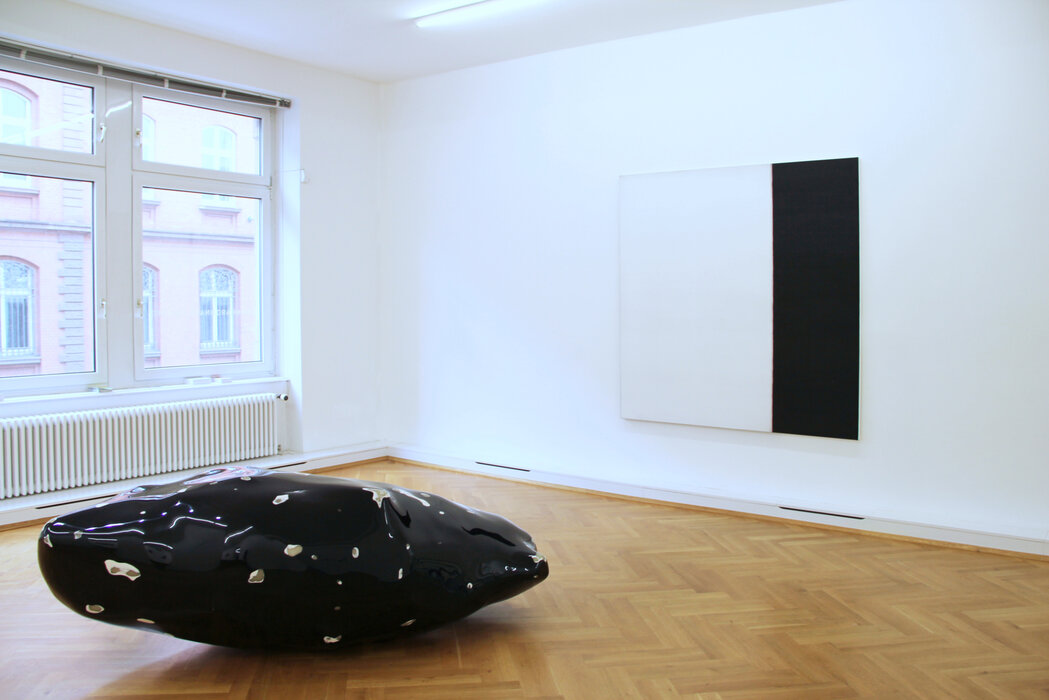
04.05. - 28.07.2012
Robert Zandvliet, Ingo Meller, Wilhelm Mundt, Remy Zaugg, Callum Innes
Edition
Books
News
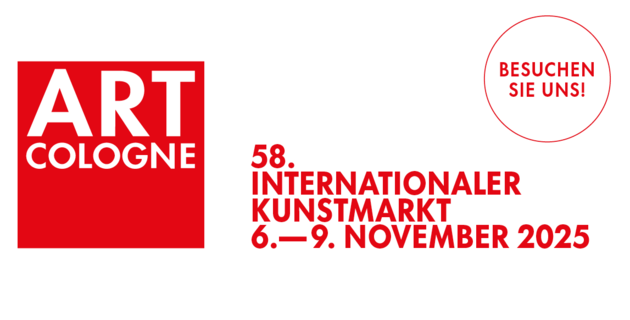
07.11. - 10.11.2025
Mark Francis, Katharina Hinsberg, Myriam Holme, Robert Zandvliet, Ralf Peters, Daniel Rich, Katja Davar

11.04. - 13.04.2025
Katja Davar, Mark Francis, Katharina Hinsberg, Myriam Holme, Ralf Peters, Daniel Rich, Robert Zandvliet, Stefan à Wengen
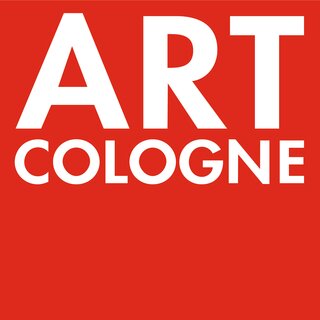
07.11. - 10.11.2024
Mark Francis, Katharina Hinsberg, Myriam Holme, Robert Zandvliet
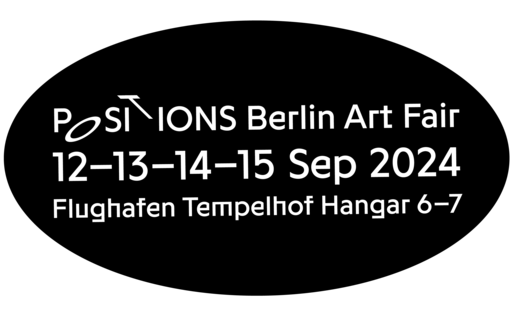
12.09. - 15.09.2024
Stefan à Wengen, Katja Davar, Mark Francis, Katharina Hinsberg, Myriam Holme, Ralf Peters, Giacomo Santiago Rogado, Marten Schech, Thomas Wrede, Robert Zandvliet
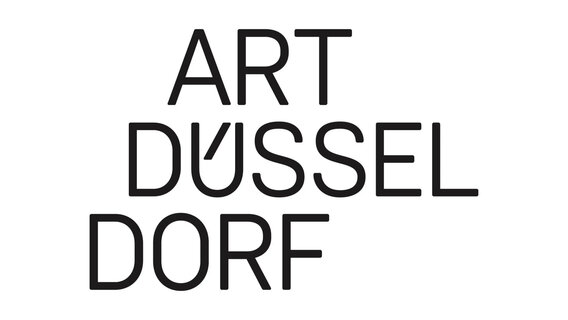
12.04. - 14.04.2024
Stefan à Wengen, Katja Davar, Mark Francis, Terry Haggerty, Myriam Holme, Marten Schech, Petra Wunderlich, Robert Zandvliet
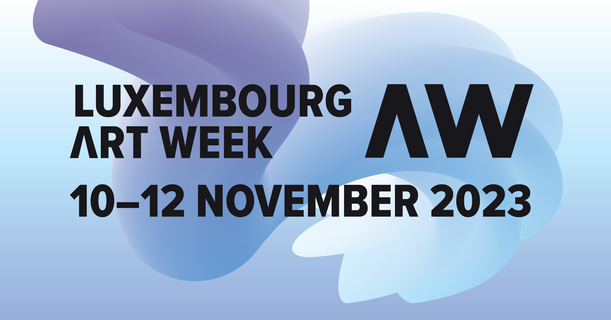
10.11. - 12.11.2023
Katja Davar, Mark Francis, Terry Haggerty, Myriam Holme, Ralf Peters, Giacomo Santiago Rogado, Marten Schech, Robert Zandvliet, Stefan à Wengen
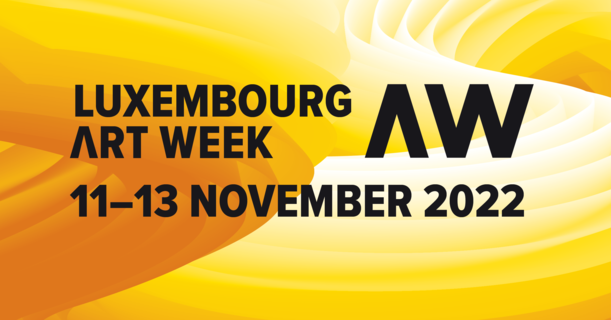
11.11. - 13.11.2022
Ralf Peters, Çiğdem Aky, Giacomo Santiago Rogado, Mark Francis, Bernhard Prinz, Robert Zandvliet, Marten Schech

15.09. - 18.09.2022
Çiğdem Aky, Myriam Holme, Mark Francis, Robert Zandvliet
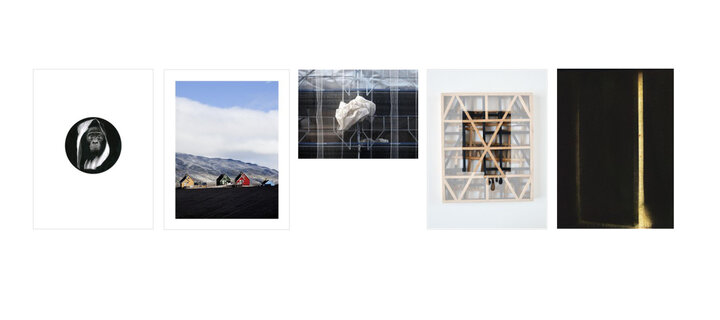
15.12.2021
Stefan à Wengen, Daniele Buetti, Kyungwoo Chun, Myriam Holme, Harald Kröner, Flo Maak, Ralf Peters, Bernhard Prinz, Giacomo Santiago Rogado, Marten Schech, Albrecht Schnider, Lena von Goedeke, Petra Wunderlich, Robert Zandvliet, Karim Noureldin
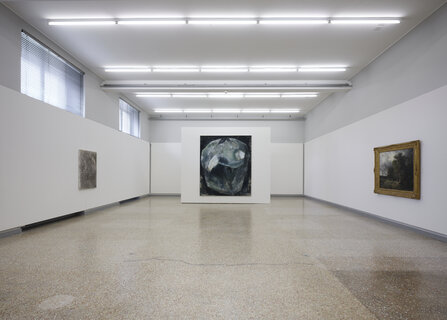
09.10. - 02.01.2022
Albrecht Schnider, Robert Zandvliet
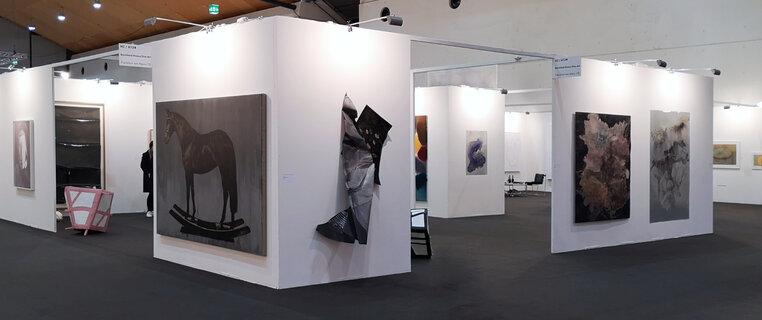
20.02. - 24.02.2019
Stefan à Wengen, Daniele Buetti, Joaquim Chancho, Aldo Cristofaro, Florian Heinke, Katharina Hinsberg, Harald Kröner, Karim Noureldin, Ralf Peters, Joan Hernández Pijuan, Giacomo Santiago Rogado, Robert Zandvliet, Myriam Holme, Marten Schech
